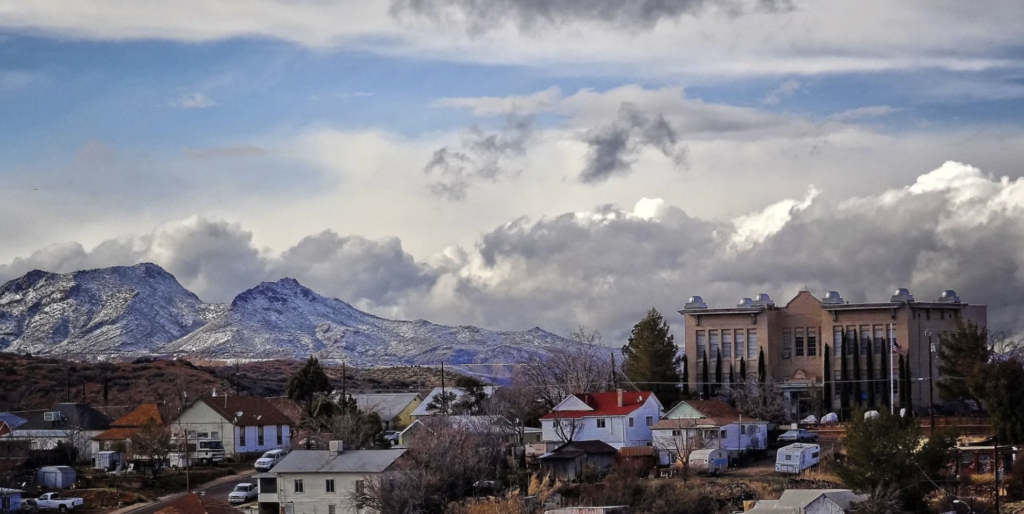The fall and winter of 1965-66 was an extremely wet one for normally dry Globe-Miami. The residents of Central Heights, Country Club Manor, Claypool, and Lower Miami were especially inconvenienced as aging cesspools, septic tanks, and leach fields became super-saturated and began to fail.
Responding to the crisis, the residents of these areas formed two Sanitary Districts. The Cobre Valley District followed the boundaries of the Central Heights Fire District and included several other subdivisions. The Pinal Sanitary District took the boundaries of the Tri-City Fire District as it existed in the late 1960’s.
Efforts were made to develop a regional wastewater treatment system that included these areas as well as the City of Globe and the Town of Miami. That endeavor was stymied when property owners in proximity to the proposed treatment plant sued to stop the project. The City and Town subsequently developed their own treatment systems, and the unincorporated areas were unserved.
Developing a wastewater collection
and treatment system to serve area
residents and businesses.
The ground dried out in subsequent years and the problem went away, only to surface again in a wet winter in the early 1980’s, prompting a renewed interest in wastewater treatment. The Boards of both districts again began working on developing a solution for each area and, after several years of engineering design and legal issues brought the proposed sanitary wastewater collection system to a vote, which failed. Subsequent years saw some activity and interest in a regional solution which led to a study, but no real action.
An increase in failing septic and cesspools in 2010, in Miami led to serious work and conversation on repairing their existing systems with federal assistance via grants that were specifically set in place to mitigate public health hazards. Both Districts began meeting again to discuss the possibility of developing a wastewater collection system and determined that the next best step to efficiently serve the residents of both districts, would be to merge the Cobre Valley and Pinal Sanitary Districts.
After the appropriate state legislation was passed, and with approval from the Gila County Board of Supervisors, the Tri-City Regional Sanitary District was formed.
The TRSD Board has since been working towards a wastewater collection system for the district, and has seen exciting developments including partnerships and funding from the USDA, and Rural Development, as well as WIFA.
Tri-City Regional Sanitary District
PO Box 2198, Claypool, AZ 85532-2198
